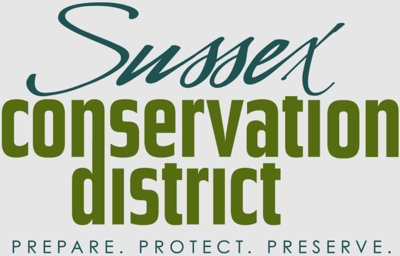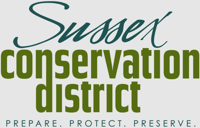GEORGETOWN, Del.- The Sussex Conservation District said it has reached a milestone in its coastal migration planning initiative, a multi-year effort to help landowners prepare for the impacts of sea level rise saltwater intrusion and habitat loss in Delaware’s tidal areas.
According to the district, Delaware has the lowest average elevation in the nation at just 60 feet above sea level and is considered a “sea level rise hot spot.”
DNREC reports that sea level along the state’s coast has risen about 13 inches over the past century. Projections show an additional rise of 1.6 to 4.9 feet by 2100, which could put thousands of acres of farmland, parks and wildlife areas underwater.
The district says saltwater intrusion is already affecting farmers, changing soil chemistry, reducing crop yields and leaving some cropland unusable.
With funding from the U.S. Department of Agriculture’s Natural Resources Conservation Service, the district partnered with the Delaware Center for the Inland Bays to develop a mapping tool that identifies vulnerable parcels.
The district said more than 60 landowners have expressed interest in protecting more than 3,700 acres, and more than a dozen have already received conservation plans covering 1,000 acres.
“This has been a years-long collaboration rooted in science, planning and local knowledge,” said Bryan Jones, preservation program manager for the Sussex Conservation District. “With sea levels rising and tidal areas under pressure, we’re proud to offer landowners the tools and support they need to make their properties more resilient.”
According to the district, each conservation plan includes maps, resource assessments and recommended practices such as cover crops, forested buffers, irrigation management, shallow water impoundments and invasive species control. Some landowners are also considering long-term protection through farmland or wetland easements.
The district says it is working with state, federal and nonprofit partners — including DNREC, the U.S. Fish and Wildlife Service, the Delaware Department of Agriculture, and groups such as The Nature Conservancy and Delaware Wild Lands — to expand technical and financial support for landowners.







